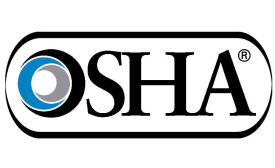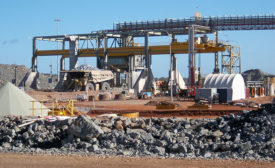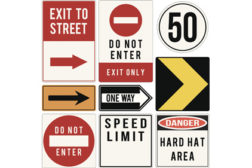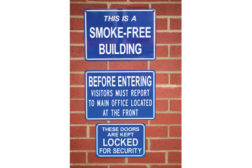Home » Keywords: » safety rules
Items Tagged with 'safety rules'
ARTICLES
Closing Time
Workers help craft the best safety rules
Time to rebuild the “Rule Mill”
December 4, 2018
Why make safety so complicated?
Craft simple rules, not vague vision statements
December 2, 2015
Why do we break the rules?
Short-cutters get work done and praise from managers
August 1, 2014
Become a Leader in Safety Culture
Build your knowledge with ISHN, covering key safety, health and industrial hygiene news, products, and trends.
JOIN TODAYCopyright ©2024. All Rights Reserved BNP Media.
Design, CMS, Hosting & Web Development :: ePublishing










